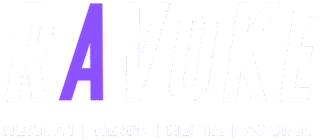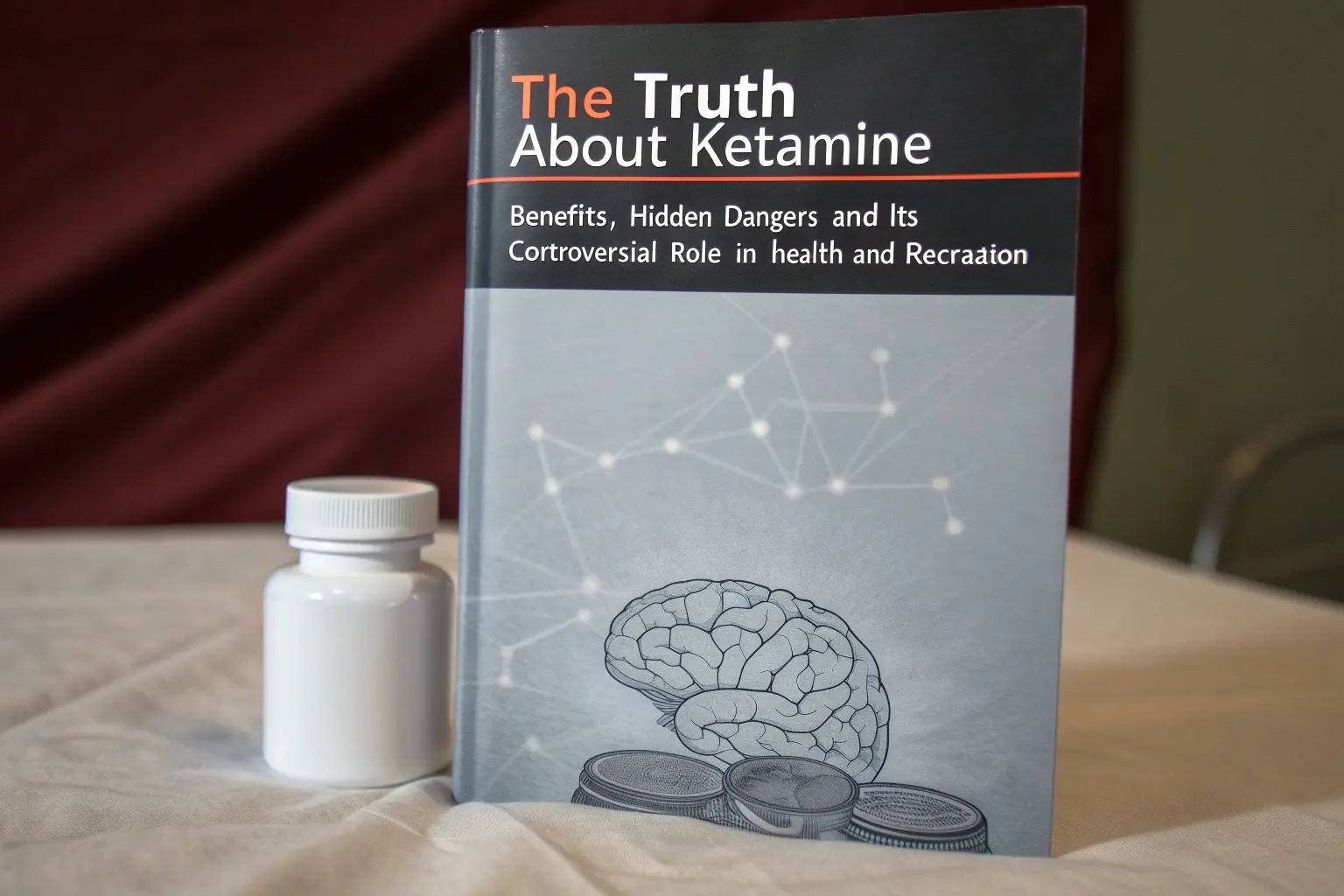Beyond Mammograms: How Mammographic Breast Density Impacts Breast Cancer Risk
Breast health often enters the public discourse through a narrow lens, focusing primarily on scheduled screenings, self-examinations, and the harrowing statistics of breast cancer incidence. While these preventative measures remain

Breast health often enters the public discourse through a narrow lens, focusing primarily on scheduled screenings, self-examinations, and the harrowing statistics of breast cancer incidence. While these preventative measures remain foundational, a comprehensive understanding of breast wellness requires acknowledging a host of physiological, environmental, and psycho-social factors , such as breast density and chronic stress, that profoundly influence breast cancer risk and are frequently left undiscussed in general health messaging. To truly empower individuals in their health journey, we must delve into the nuanced realities that shape personal risk and detection efficacy.
What is Breast Density and How Does It Affect Cancer Detection?
One of the most critical yet least publicized factors influencing screening is mammographic breast density. Density is not a measure of breast size or firmness, but rather the relative ratio of glandular and fibrous connective tissue to adipose (fatty) tissue within the breast. High density is significant for two reasons: it is an independent risk factor for breast cancer, and critically, it creates a radiographic masking effect. Awareness of your breast density is essential, as it is a major factor in determining overall breast cancer risk and can guide more personalized screening strategies.
Since both dense tissue and cancerous masses appear white on a mammogram, highly dense breasts can obscure tumors, reducing the sensitivity of the screening process. Radiologists categorize density using the Breast Imaging Reporting and Data System (BIRADS) on a scale from A (almost entirely fatty) to D (extremely dense). Women categorized as C (heterogeneously dense) or D (extremely dense) should engage in a robust conversation with their healthcare providers regarding supplemental screening modalities, such as Automated Breast Ultrasound (ABUS) or screening MRI, to enhance early detection capabilities.
How Can Chronic Stress and Mental Health Impact Breast Cancer Risk?
The discourse on breast health must move beyond purely physical determinants to incorporate emotional and psychological well-being. The emerging field of psycho-oncology provides compelling evidence that chronic psychological distress, including unmanaged anxiety, clinical depression, and chronic stress, profoundly impacts biological processes related to disease.
When stress becomes chronic, the Hypothalamic-Pituitary-Adrenal (HPA) axis — the body’s central stress response system — remains persistently activated, leading to sustained elevated
levels of cortisol. This continuous hormonal elevation is detrimental: it can suppress the adaptive immune response, impair the body’s ability to conduct immune surveillance (the process of identifying and destroying nascent cancer cells), and promote a state of systemic inflammation. This inflammatory milieu, mediated by cytokines, can inadvertently support the proliferation and metastatic potential of existing abnormal cells. Prioritizing mental health through robust stress management techniques (e.g., mindfulness, cognitive behavioral therapy, or targeted support systems) is therefore a non-negotiable component of a holistic breast health strategy.
Does Breastfeeding Reduce Breast Cancer Risk?
While the unparalleled benefits of breastfeeding for infant nutrition and immune development are universally known, its long-term protective effects for the maternal body are often understated. Research consistently links breastfeeding to a reduced lifetime risk of pre- and post-menopausal breast cancer, with the benefit being dose-dependent — meaning the longer a woman breastfeeds cumulatively, the greater the protective effect.
This benefit is hypothesized to stem from multiple physiological changes, including the terminal differentiation of breast cells (making them less susceptible to malignant transformation) and the temporary reduction in total lifetime estrogen exposure due to anovulation during the breastfeeding period. Recognizing and institutionalizing support for new mothers — encompassing workplace accommodations, public health advocacy, and access to lactation consultation — is a crucial public health measure to facilitate this powerful, naturally occurring cancer prevention strategy.

How Are Mammograms Different for Women with Breast Implants?
The decision to receive breast implants (saline or silicone) introduces mechanical considerations into the screening process. Implants can mechanically displace or obscure native breast tissue, creating challenges for conventional mammography. Women with implants must inform their screening technologist and radiologist.
Standard screening protocols for augmented breasts often incorporate specific imaging techniques, most notably Eklund views (or displacement views). These specialized images maneuver the implant backward toward the chest wall, allowing the technologist to pull the maximum amount of native glandular tissue forward for clearer compression and imaging. When tissue visualization remains challenging, supplemental ultrasound or MRI may be necessary to ensure no areas are missed.
What Lifestyle and Environmental Factors Increase Breast Cancer Risk?
While genetic factors, such as BRCA mutations, account for a measurable portion of breast cancer incidence, modifiable lifestyle and environmental factors play an increasingly prominent role in the overall risk calculus.
Dietary patterns (favoring anti-inflammatory diets like the Mediterranean diet), maintaining a healthy body weight, and regular physical activity are recognized protective factors. Furthermore, growing concern centers on exposure to endocrine-disrupting chemicals (EDCs) found in many personal care products, cosmetics, and plastics. EDCs can mimic or interfere with natural estrogen, potentially stimulating the growth of hormone-sensitive cells. Informed choices regarding consumer products and a commitment to sustained physical health offer potent, actionable steps toward mitigating risk.
What Should a Breast Cancer Survivorship Plan Include?
For individuals who have successfully completed breast cancer treatment, the conversation pivots to survivorship and long-term surveillance. While the vast majority of cases do not recur, maintaining vigilance is essential. Patients should partner with their oncology team to develop a clear survivorship plan, which details the schedule for clinical exams and imaging, and crucially, identifies the signs and symptoms of local or distant recurrence. Understanding the fear of recurrence (FoR) as a common psychological challenge within survivorship is also vital, requiring access to emotional support resources alongside physical monitoring.
Can Men Get Breast Cancer?
Finally, the dialogue on breast health must become fully inclusive. Although dramatically less common, breast cancer can and does affect men. Due to low public awareness and a low index of suspicion among both men and some clinicians, diagnosis is often significantly delayed, leading to poorer outcomes. While the population-level breast cancer risk for men is low, a family history of breast cancer or specific genetic mutations can significantly elevate an individual man’s risk. Men should be aware of the same core symptoms — a hard, painless lump near the nipple, changes to the skin or nipple, or swelling in the chest or armpit — and advocate for appropriate diagnostic imaging when concerns arise.
Knowledge as Empowerment
The journey toward optimal breast health is defined by more than yearly appointments; it is a holistic, ongoing process rooted in informed advocacy and shared decision-making. By integrating awareness of breast density, the powerful mind-body link, environmental exposures, and comprehensive survivorship planning, individuals can shift from passive recipients of screening to empowered participants in their long-term health and wellness. This proactive knowledge is the foundation of a healthier future.
About Author
Dr. Bryan Treacy’s journey began with over three decades of dedicated service as an Ob/Gyn. His extensive experience in women’s health laid a solid foundation in medical science and patient care. Recognizing the limitations of traditional medicine, Dr. Treacy transitioned to holistic health consultancy, merging scientific knowledge with a broader understanding of wellness.








